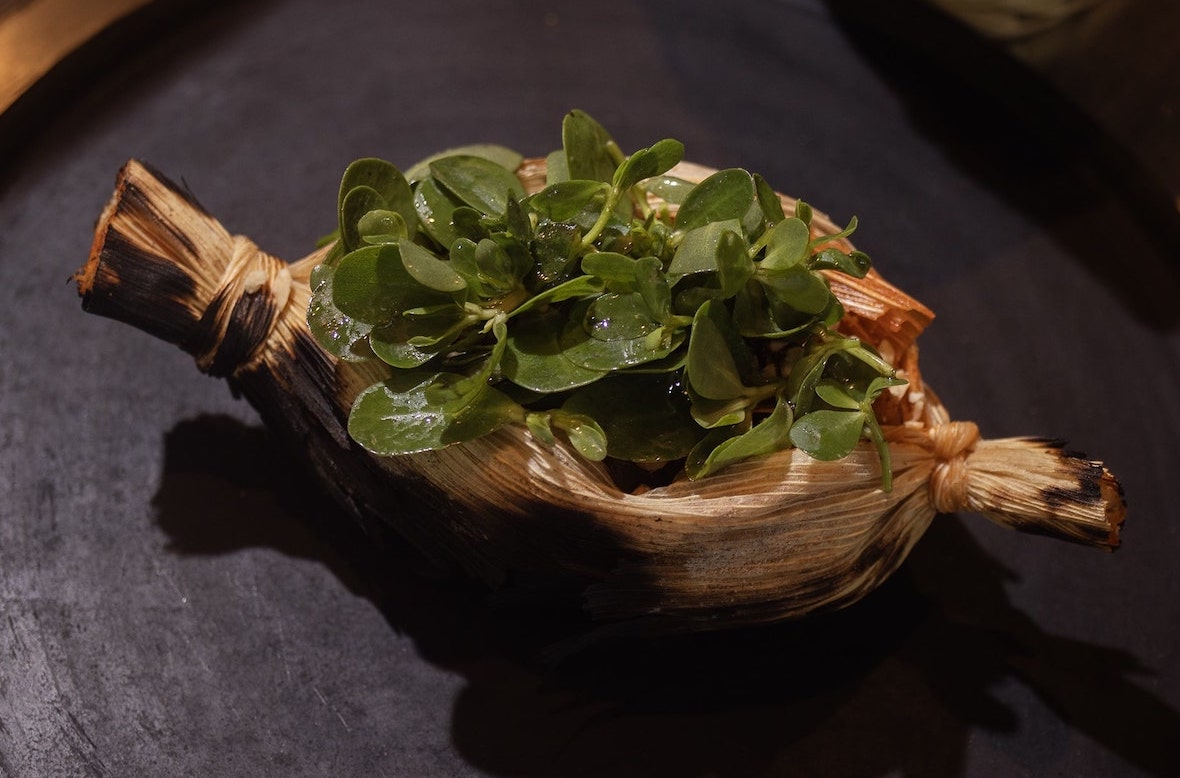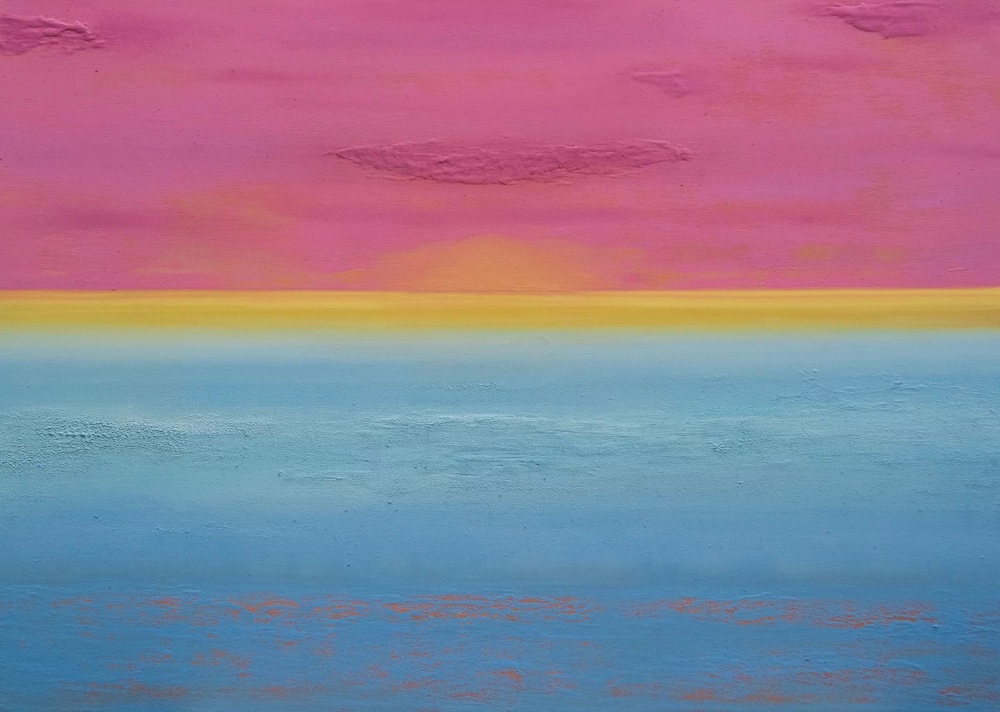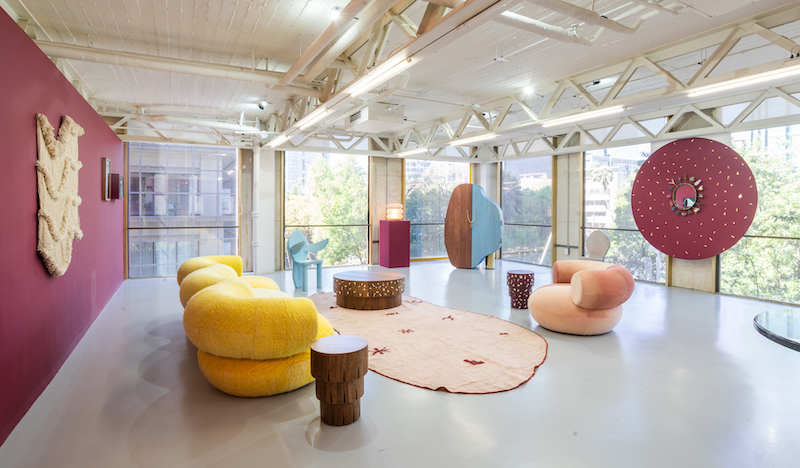Cristobal Riestra’s age will always be linked with OMR, the gallery his parents, Patricia Ortiz Monasterio and Jaime Riestra, founded in Mexico City. The doors to the old space opened the year he was born, and so now both will share a fortieth birthday in 2023.
Cristobal took over as owner and director of the gallery in 2015 when his parents retired, finding a new home for it Roma Norte in a Brutalist building that signaled a new chapter. Counting names like Pia Camil, Jose Dávila, Gabriel Rico, SUPERFLEX, Candida Höfer, and Ana Montiel among its roster, the gallery will present this spring works by Alicja Kwade in the exhibition “Silent Matter.”
In addition to taking on OMR, Cristobal’s ambitions to bring art to the greater public, preserve Mexico City’s historic architecture, and support sustainable projects coalesced in LagoAlgo. The inclusive cultural hub breathes new life into a stunning modernist pavilion designed by Alfonso Ramírez Ponce in 1964 in the leadup to the 1968 Summer Olympics, with views over a manmade lake within Chapultepec Forest. It houses both exhibition galleries—curated by Cristobal and Jérôme Sans—and a farm-to-table restaurant from Chef Micaela Miguel that sources sustainable fish and consciously sourced produce, with a mesmerizing Rico installation at its bar.
Exhibitions like the recent “Shake Your Body,” with work by Vivian Caccuri, Andreas Angelidakis, Alicia Framis, Pia Camil, and others, are free to the public. The art is also for sale, offering a unique institutional model. Accessible programming, sponsored events, workshops, and more have helped to bring in close to one hundred thousand visitors since it opened in February of 2022. Whitewall spoke with Riestra about his enterprising and generous vision for the future of OMR and LagoAlgo.
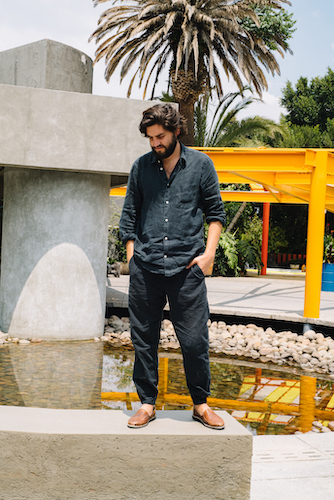 Cristobal Riestra, portrait by © Ada Navarro.
Cristobal Riestra, portrait by © Ada Navarro.
WHITEWALL: The gallery—and you—celebrate 40 years this year. That feels like a huge milestone for a commercial space. Your success has been in being open to change and responding to artists’ needs and your surroundings. Since you joined in 2015, what have been the big changes you’ve facilitated?
CRISTOBAL RIESTRA: The first big one was we changed venues. I used to live just in front of the gallery in the Roma district, which is where the gallery started in the early eighties. It was a super beautiful area but was completely forgotten then. Now you hardly find anyone that is speaking Spanish—it’s super international now. We were remodeling this old house to make it more like white cube–ish space, but it’s a building from the 1910s and we were having a lot of conflict. That Monday, I went to a neighborhood meeting, to this great space that I hadn’t been to in years, and I said, “Wow, this is amazing.” This building, where the gallery is now, is from the sixties, and it so happened that I sat next to the owner. She said, “It’s for rent,” and two days later we signed a contract. It has this concrete, Brutalist structure that enables far more freedom for artists on a very different scale. That was a first steppingstone of what we did that really changed the direction and pivoted the gallery into what it is today.
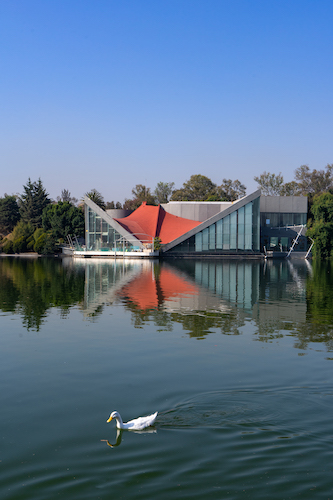 Courtesy of LagoAlgo, Mexico City.
Courtesy of LagoAlgo, Mexico City.
WW: And the latest change is LagoAlgo. Can you tell us about this project?
CR: The location was a project of development made in the sixties with the Olympics that were in 1968. They built this building which is a crazy hyperbolic, paraboloid concrete structure. It has a restaurant, Grupo CMR, it has a café, a public plaza, and three thousand square meters of exhibition space.
We launched this in February of 2022, and it was like waking a cadaver from the dead. It had not been abandoned, but it had been out of the public psyche for a long time. We partnered with the public concession— it’s a public building—who operate the restaurant, Grupo CMR, and we remodeled the entire venue. We took down walls that would separate the concrete ceiling, we remodeled the restaurant, we relaunchd it as farm-to-table. It has a public program which mixes literature, performance, music events, wellness, meditation classes, and things for kids. The old motor lobby for the restaurant, we turned that into a public plaza. And that opens into the park—it’s like having your foot in the door of the biggest park of the city in front of this lake.
We launched in February, and now we’ve had something like ninety thousand people.
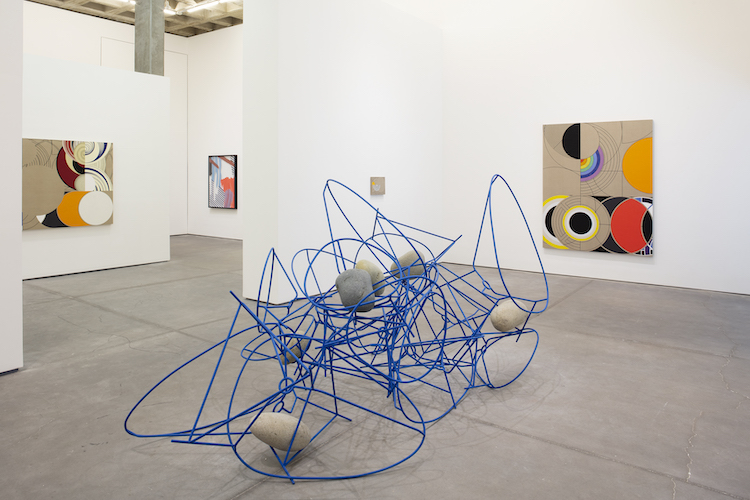 Jose Dávila, “GravaSuelta 5”; ©Ramiro Chaves, courtesy of the artist and OMR.
Jose Dávila, “GravaSuelta 5”; ©Ramiro Chaves, courtesy of the artist and OMR.
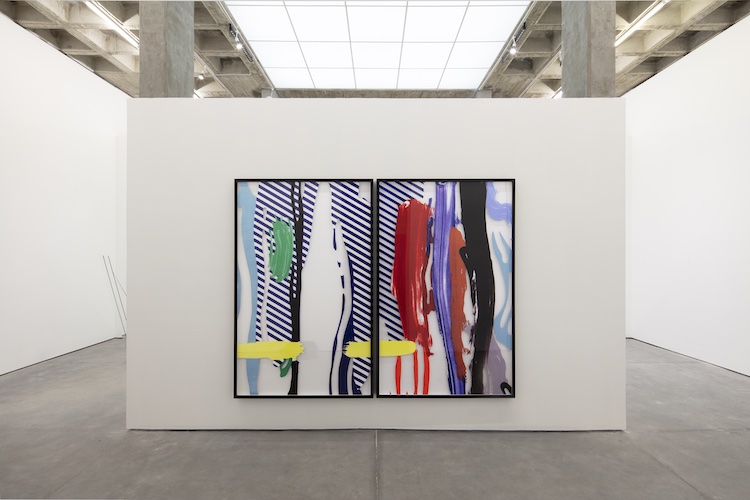 Jose Dávila, “GravaSuelta 2”; ©Ramiro Chaves, courtesy of the artist and OMR.
Jose Dávila, “GravaSuelta 2”; ©Ramiro Chaves, courtesy of the artist and OMR.
WW: What made you want to take this huge project on?
CR: I think with privilege comes a lot of responsibility. And then you mix that responsibility with the opportunity to do something like this in a place like this. It’s a public space for art. It’s free entry. And what we are challenged with is how we conceive institutions today and how institutions are sustained and how to create a model that can be sustainable for a place like this. So the works in the exhibitions are for sale, like a gallery, but it’s institutional, and then we have a restaurant, a café, a bar, and spaces can be rented out. We have have many pillars that can sustain it.
It’s an amazing project—it’s very gratifying. It makes me immensely proud. It has given us another reach, another conversation with collectors. Suddenly, we’re gallerists on an institutional level. It’s a very hybrid model that has revived an area that didn’t have any culture around it. We have taken on this mammoth project and are turning it into something that is very ambitious. But I think it’s possible that this space becomes the most relevant venue for culture in the city in the next decade. The exhibitions are meant to get in touch with a wider public, perhaps a public that hasn’t been trained in art or educated in art—a plural public.
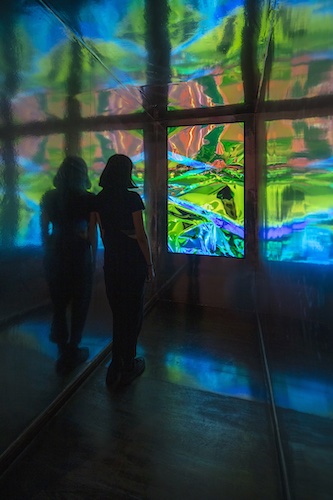 Installation view of group exhibition “Shake Your Body”; ©RamiroChaves, courtesy of LagoAlgo, Mexico City.
Installation view of group exhibition “Shake Your Body”; ©RamiroChaves, courtesy of LagoAlgo, Mexico City.
WW: So how would you describe the exhibition program?
CR: We invited Jérôme Sans to help us with the DNA of the space and how to create an institution from the bottom up. The goal of the exhibitions is to create a reflection and dialogue with our role in the future of the planet from a sustainable perspective. To create critical mass around what is our role with the planet. We are in the park, so there has to be a symbiosis with the park, the environment, the lake, and the permaculture. The exhibitions, the restaurant, the public program play.
It has given us a different scope. From where I started to how I see it now has radically changed, which has to do more with how people use spaces and how people inhabit these places. In Mexico City, instead of trying to build new buildings for museums, if we have the opportunity to rebrand these icons and give them a different life, it falls on our generation to do it. It’s our responsibility. We have to commit to it, because otherwise we’re constantly seeing the grass is greener.
It’s a project that has one beginning but many ends. We are used to now having things very defined from the beginning, finished projects from the get-go. But then you don’t enjoy the process and you put limits that later imprison you. This is a project that is an evolution, and therefore the fun is the challenge. It reaches a public scale that is fascinating.
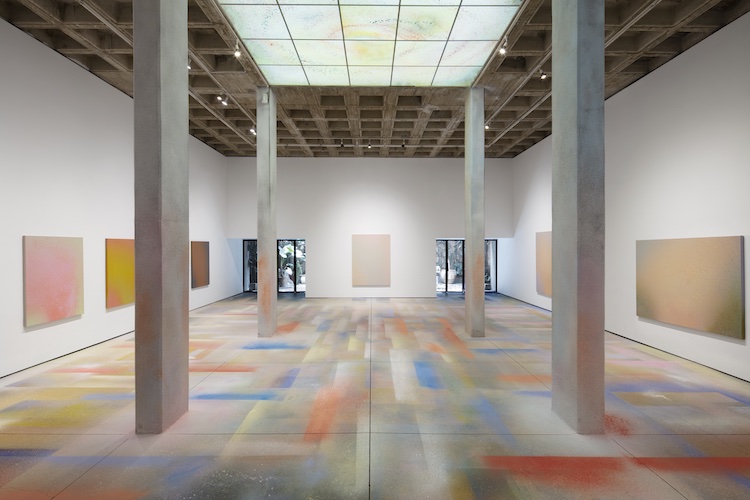 Ana Montiel, “INITIATION 4”; ©Ramiro Chaves, courtesy of the artist and OMR.
Ana Montiel, “INITIATION 4”; ©Ramiro Chaves, courtesy of the artist and OMR.
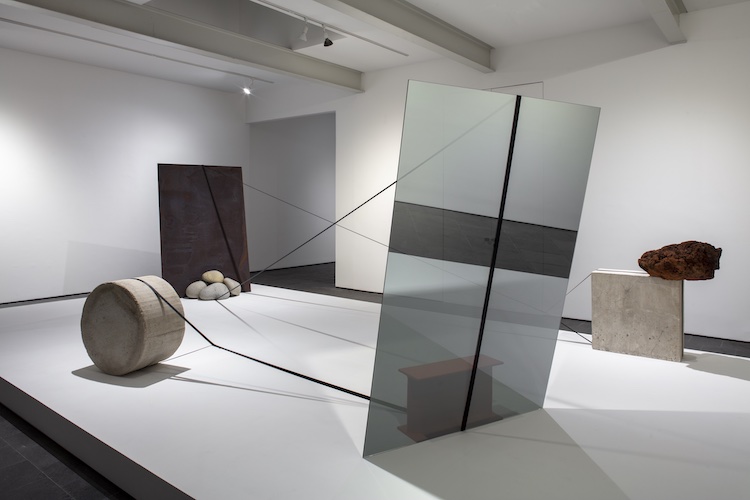 Jose Dávila, “Grava Suelta 4”; ©Ramiro Chaves, courtesy of the artist and OMR.
Jose Dávila, “Grava Suelta 4”; ©Ramiro Chaves, courtesy of the artist and OMR.







